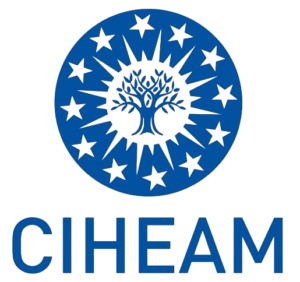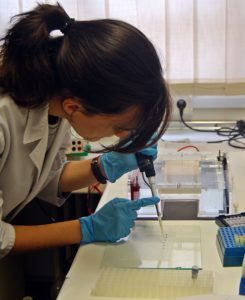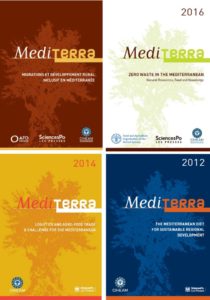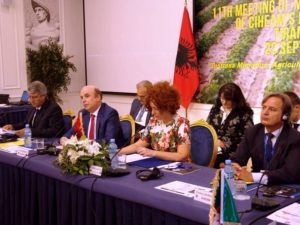According to the FAO, Agrobiodiversity is defined as “the variety and variability of animals, plants and micro-organisms that are used directly or indirectly for food and agriculture, including crops, livestock, forestry and fisheries. It comprises the diversity of genetic resources (varieties, breeds) and species used for food, fodder, fibre, fuel and pharmaceuticals.
It also includes the diversity of non-harvested species that support production (soil micro-organisms, predators, pollinators), and those in the wider environment that support agro-ecosystems (agricultural, pastoral, forest and aquatic) as well as the diversity of the agro-ecosystems”.
In line with the UN Sustainable Development Goals (SDGs) and the EU Biodiversity Strategy adopted in 2011, one of the missions of the CIHEAM is to support agrobiodiversity conservation and agroecology practices.
In order to enhance agrobiodiversity and reduce the pressure of agriculture on the environment, the CIHEAM has been developing a holistic, knowledge-intensive approach to farming based on the principles of agroecology as a way to develop productive and resilient agricultural and sustainable food systems based on the benefits provided by ecosystems, considering nature and biodiversity as factors of production. In this process, biodiversity is both a resource to conserve and an indicator of ecosystem health, from the field to the landscape level.
The CIHEAM carries out a wide range of activities that contribute to achieve simultaneously food production, socioeconomic viability and resource conservation objectives.
They consist in studying/mapping ecosystems and their services, and evaluating the effects of agricultural practices on those; fostering the exchange of know-how and the adoption of agroecological practices among farmers; ensuring the selection, production and safeguard of certified propagation material (e.g. citrus, stone fruit and grapevine germplasm); boosting agricultural innovation and farm viability to drive the uptake of sustainable agricultural practices across large scales; and adjusting the policy and regulatory frameworks to enable sustainable farming practices.













